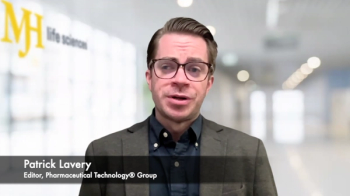
Major pharmaceutical investments in the United States are expanding API, capsule, and packaging capacity, enhancing supply chain resilience and supporting domestic drug production.

Major pharmaceutical investments in the United States are expanding API, capsule, and packaging capacity, enhancing supply chain resilience and supporting domestic drug production.
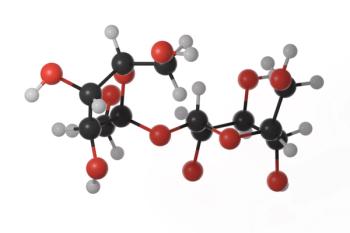
At CPHI and AAPS, Ashland plans to detail the impacts of its advanced excipients: ultra-low nitrite materials curb nitrosamine risk, while high-purity sucrose stabilizes complex biologics.
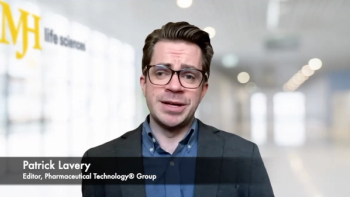
At CPHI and AAPS, Ashland plans to detail the impacts of its advanced excipients: ultra-low nitrite materials curb nitrosamine risk, while high-purity sucrose stabilizes complex biologics.

In episode 27, Christopher Hopkins, PhD; Omkar Kawalekar, PhD; Barnaby Pickering; and Jerry Rosenbaum, MD, go behind the headlines.

Spotlighting global biopharma innovation, the event will unite leaders to discuss digitalization, sustainable manufacturing, and future-ready development.
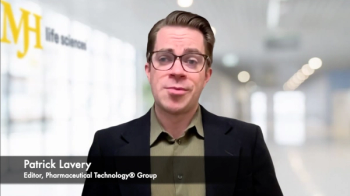
The first needle-free adrenaline treatment launches in the UK, validating non-invasive delivery with real-world data comparable to injection effectiveness.
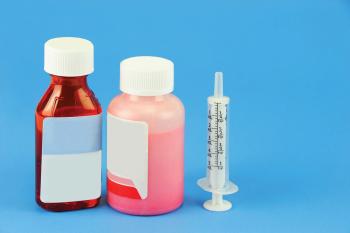
Take this quiz to test your comprehension of one of our recent feature articles.


As the conference approaches, scientists are reviewing new technologies that enhance manufacturing process control, product integrity, and regulatory compliance through automation and sustainable materials.

Biopharma R&D strategy pivots: M&A favors late-stage assets, obesity deals surge, AI accelerates manufacturing, and policy drives strategic US facility investment.

Michael Ritchie, chief commercial officer at Champions Oncology, explains what makes radiopharmaceuticals unique in the treatment of cancer.
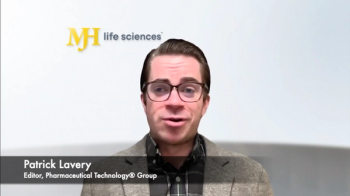
Advanced biotech equipment, driven by R&D investment and personalized medicine, is essential for scalable drug production and development into the next decade, according to a BCC Research report.

This article outlines common CMC problems that are obstacles that steal momentum and create costly detours in the development or orphan drugs.
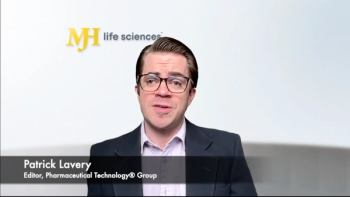
Biopharma data showed M&A strength, selective venture capital favoring Phase II, record obesity deals, and significant upfronts flowing toward innovation in China were key in Q3 2025.

The company will also highlight its sustainability strategies and quality solutions at the event.

The European Union aims to become the most attractive place for life science by 2030.

Life sciences CEOs are boosting AI spending, focusing on workforce upskilling, and tackling ethical challenges to drive innovation and product development.
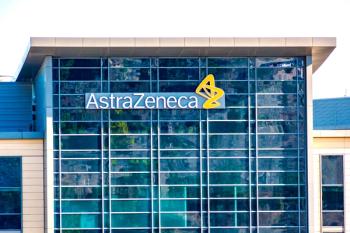
Data from four major pivotal trials will be shared, but AstraZeneca medications and pipeline molecules appear in more than 90 abstracts for the upcoming conference in Berlin.

This issue showcases strategies that organizations are adopting to stay competitive as pressing industry trends shape the sector.

This paper provides an in-depth overview of the anatomical structure and functional dynamics of renal filtration, secretion, and reabsorption processes that govern drug clearance.

US President Donald Trump made the announcement that AstraZeneca is the second of 17 major pharmaceutical companies, after Pfizer, to agree to most-favored-nation pricing protocols.

Pharma accelerates specialized R&D and clinical pipelines via agentic AI and collaboration, while manufacturing scales through CGT 2.0 flexibility, automation, and digitized supply chain security.

AstraZeneca’s $4.5 billion investment in Virginia expands its US drug manufacturing footprint, creating 3600 jobs and integrating AI for cancer and metabolic therapies.
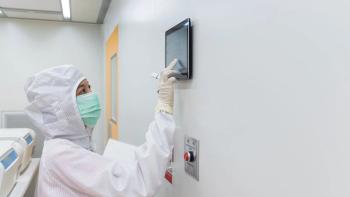
The increasing diversity and complexity of injectable drug products is driving innovation.
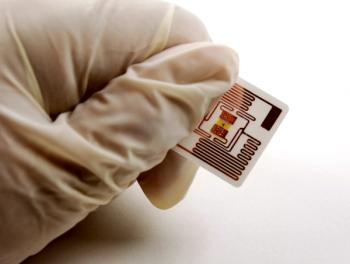
The new label for prefilled syringes, in conjunction with innovations from SCHOTT Pharma, enables integrated tamper-evidence and digital tracking across the supply chain.

At the Cell and Gene Meeting on the Mesa, a panel discussion was held on advanced therapy production and how it demands modular platforms, automation, and data governance to drastically improve patient access and affordability.

The awarded $1.7 million in funding will support the company’s preclinical and clinical progress on DMX-1001 (noribogaine), designed to reduce relapse and improve brain health in patients with alcohol use disorder.
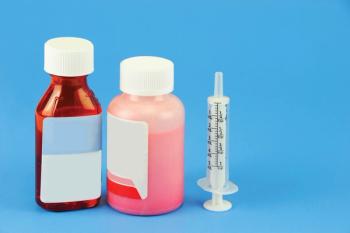
The growing demand for liquid medicines is increasingly driven by the unique needs of several distinct patient groups, improving compliance in these demographics through flexible, palatable dosing options.

The licensing of Talicia, an FDA-approved fixed-dose therapy, to key at-risk markets strategically combats an increasingly high antibiotic resistance to the cancer-causing bacteria.
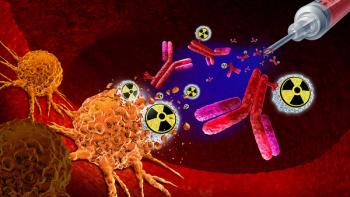
Pharmaceutical Technology® spoke with Juliana Maynard, PhD, Head of Translational Imaging at Medicines Discovery Catapult, to find out what makes radiopharmaceuticals unique and how MDC’s collaboration with Crown Bioscience can help developers of these treatments for cancer.